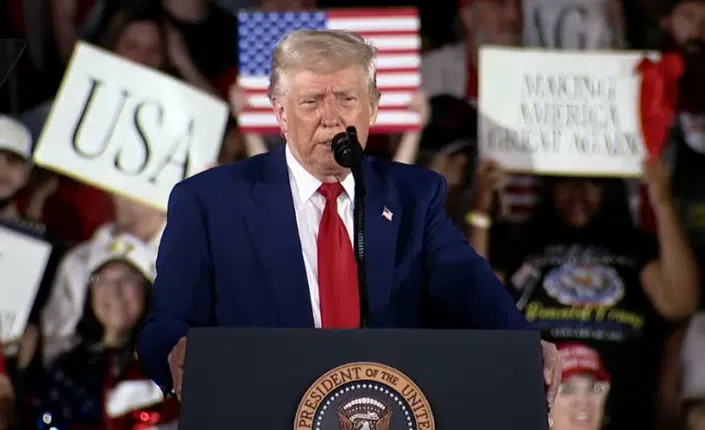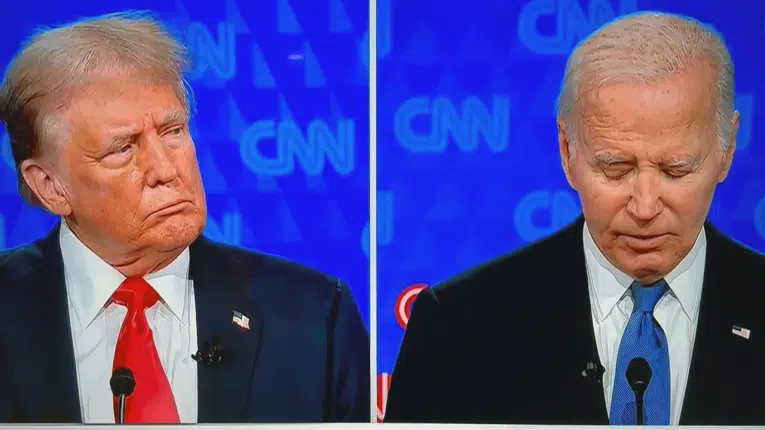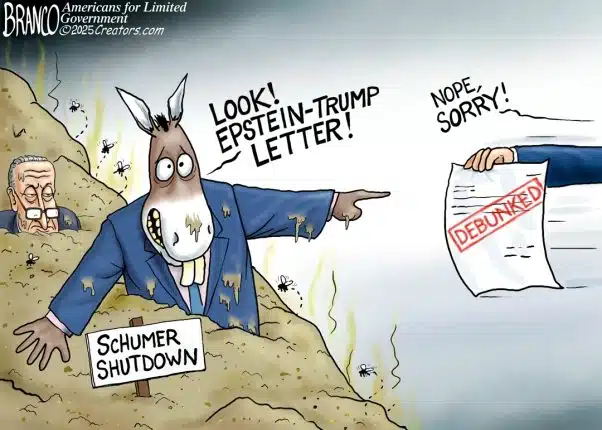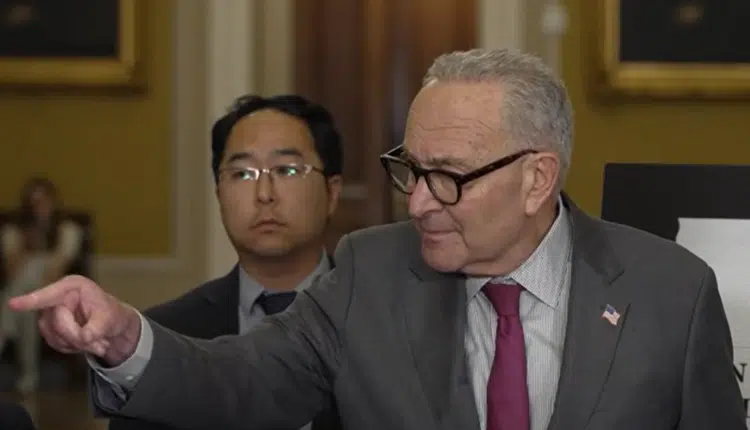
Ever since inflation first rose above 5 percent in June 2021, the Federal Reserve has kept its policy rate far below that of the inflation rate, even as it reached more than 8 percent the last two months, in order to keep a more accommodative policy stance coming out of the brief 2020 Covid recession.
Even now, with the Federal Funds Rate at just 0.75 percent to 1 percent, it will come nowhere close to the rate of inflation, which stood at 8.3 percent in April. And with just five meetings left in the year for the Fed’s Board of Governors, Fed Chairman Jerome Powell, who was just confirmed to another term by the Senate, has ruled out any more than a half a percentage point interest rate hikes, telling reporters on May 4, “Seventy-five basis points is not something the committee is actively considering.”
Meaning, even if the Fed did half a point rate hikes at each meeting for the rest of the year, the Federal Funds Rate would still just be 3.25 percent to 3.5 percent by December, much lower than the current rate of inflation, even with the recession signals flashing red all over the place and the economy clearly overheating.
But what about market-driven interest rates? While the Fed’s policy rate is set by the Board of Governors, rates such as 10-year treasuries at 2.9 percent or 30-year mortgage rates at 5.3 percent are very much set by markets and what banks and investors are willing to lend the government and home buyers, and while they have increased some, those too have similarly remained below the rate of inflation.
Now, part of that is driven by the Fed itself keeping lending costs artificially lower than they otherwise might be by keeping rates low. That is, when it is cheaper for banks to lend, then they can afford to pass on some of those savings to borrowers.
During Covid, the government spent, borrowed and printed more than $6 trillion to fight the pandemic and the ensuing economic lockdowns. The Fed’s purchase of treasuries and mortgage securities during this time similarly have kept interest rates lower than they would have been.
Then, there is just the flight to safety. Government and financial institutions around the world now see another recession coming with the war in Ukraine worsening along with the supply chain crisis and incipient inflation, and so they are flooding into U.S. treasuries markets. This action requires selling their own currencies to purchase treasuries in dollars, causing the U.S. dollar to strengthen and interest rates to drop.
In short, lenders, in offering relatively low interest rates are pricing in a lower rate of economic growth in the near future. That is, with the economy overheating and prices surging, banks are betting that the imminent recession will keep inflationary pressures lower in the near-term.
In history, other times in recent economic history when inflation sat above market-set interest rates were in 1973 through 1975, and 1979 through 1980 — even as the Fed did act to hike rates in real-time. Both resulted in recessions, and because inflation was already very high headed into each of them, it remained higher coming out of them, compressing the subsequent business cycle and hastening the pace to the next recession after that.
Which is why it is preferable to prevent the inflation in the first place. Unfortunately, with the supply chain crisis not yet resolved and the Fed’s blast of liquidity after Covid still sloshing around the economy, higher prices look as if they will be persistent even headed into the next recession. Only time will tell how sever it is. Stay tuned.
Robert Romano is the Vice President of Public Policy at Americans for Limited Government Foundation.






